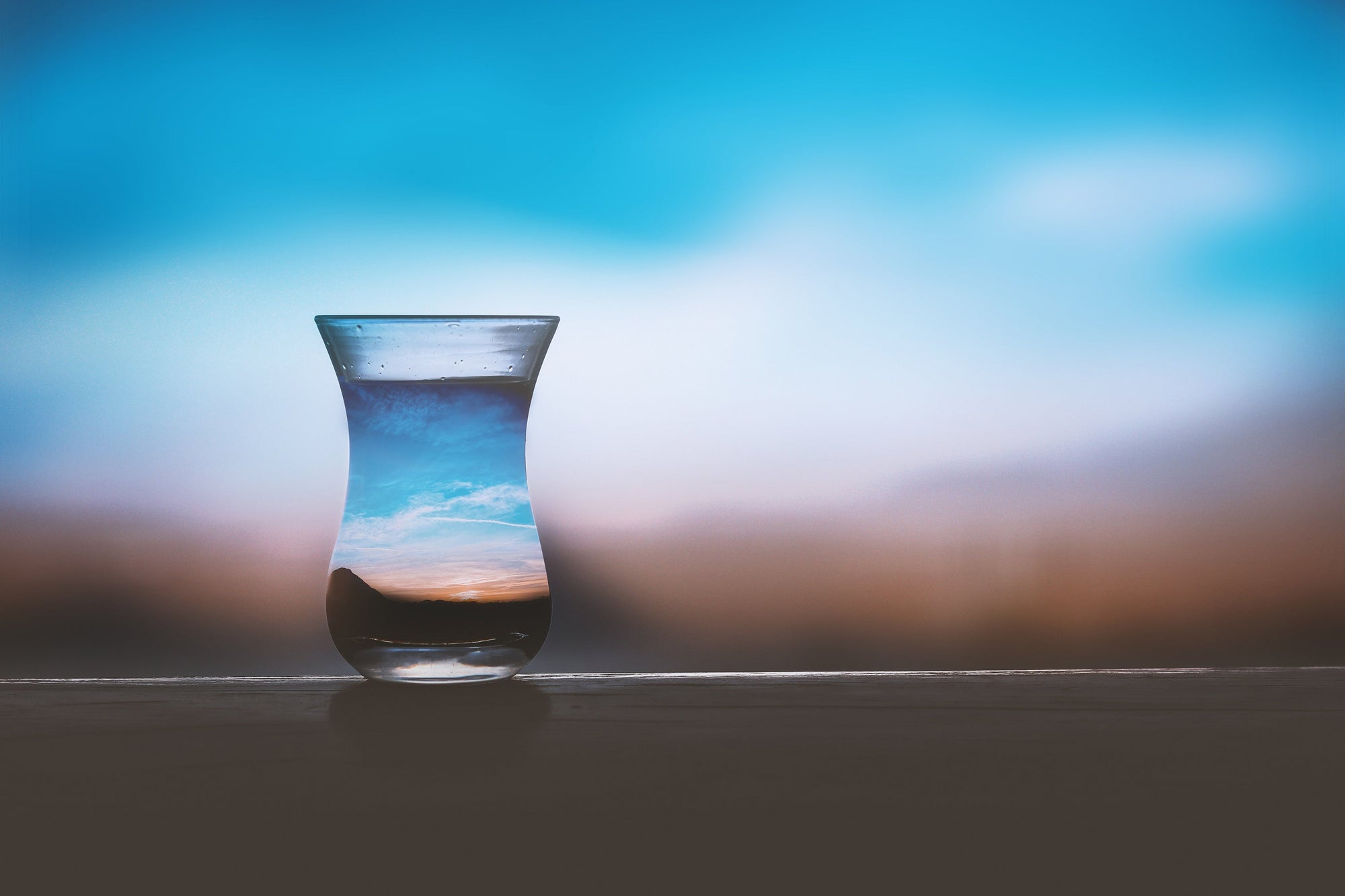It's hard to keep up and know what to do.
But for all their attention, few know what they do or why we need them. To understand that (and in order to stop chasing fads), we have to look at what they are counteracting.
What is Oxidation?
By definition, anti is the opposite. So anti-oxidant, is the opposite of oxidation. If you've seen fruit turn brown or the patio furniture and an old Chevy pickup rusting, you've seen oxidation. Fruit goes from firm to mushy, metal from strong to brittle.You also see it with cleaning products like oxy-clean which leverage oxidation's destruction ability to clean germs in kitchens and bathrooms or stains on clothes and carpet. It the case of the patio furniture, oxidation is a bad thing. When you want to remove the grass stains from you kids jeans, it's a blessing.
Chemically, oxidation occurs when electrons are taken from one substance (cell, compound, element, etc) by another. In the image to the left, compound A is oxidized by compound B, which is known as the reducer. When the electron is removed, it causes the oxidized substance to become unstable, unbalanced and in many cases, will force it to combine with something else to become a new substance all together.
But oxidation doesn't just occur where we can see it. It also happens internally and biologically.
Oxidation in the Body
Oxidation in the body is a vital process and not all oxidizers are harmful. It's not as simple as dividing up oxidizers on one side and reducers on the other calling one bad and the other good. We actually need oxidation to maintain a balance across countless biological reactions and functions.We'll cover the positive aspects later, for now let's focus on the negative side.
Damage in the body is done by a small subset of things called Free Radicals, also known as Reactive Oxygen Species (ROS). They all contain oxygen (as the name suggests) and are formed as a natural byproduct of the normal metabolism of oxygen.
This is incredibly important to understand. Oxidants are a normal part of living. In fact, things like exercising can increase the level of oxidation in the body because we are using more oxygen via respiration. If you're going to increase your aerobic activity, you need to also increase your antioxidant consumption.
ROSs all have a one-track mind because of their electrical imbalance. They are focused on stealing electrons from any nearby location to solve this imbalance. The substances suffering the theft are otherwise healthy and happy. When this theft occurs, it alters the structure or function of the previously healthy substance. DNA can be damaged, cell membranes can become ineffective resulting in a sick or diseased cell and it often creates chain reaction of thefts. A reaction which leads to quicker aging, more inflammation, increased bouts of sickness, etc.
It's now known as Oxidative Stress and if that stress is not managed or the body is unable to keep up, oxidative damage piles up and becomes the root cause many diseases and symptoms of aging.
The only way to tip the scale back into our favor is to stop the oxidation. Which is where Antioxidants come into play.



